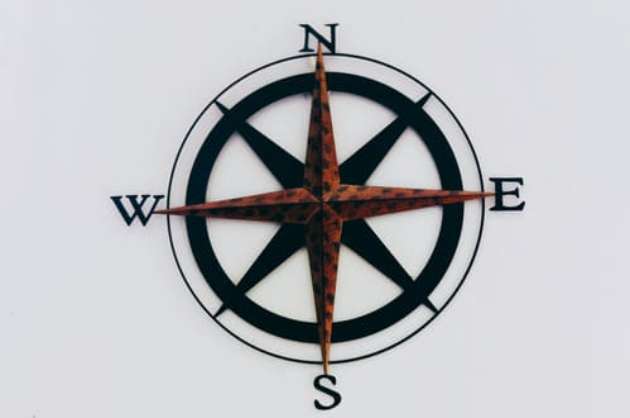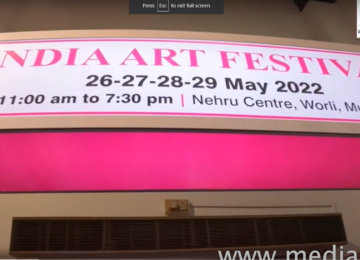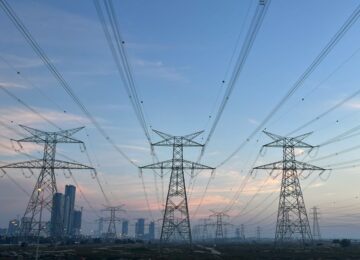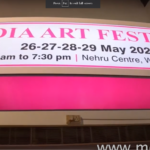Anupama Nair
www.mediaeyenews.com
Have you ever wondered how our life would have been if there was no inventions or discoveries made over the years? We would have all lived like early men, living in caves. What would our lives be without fire, transport, and the list goes on…? In the last part I spoke about inventions made in the ancient times, now I am going to talk about the inventions in the Middle Ages.
The first windmills were constructed before the 9th century in a region spanning eastern Iran and western Afghanistan. Windmills were first mentioned in Europe in the 12th century. There is a reference to one in France in 1180, and a few years later to another in England. Since it was the time of crusades, it is probable that the idea has been brought from the Middle East to Europe.
The Gunpowder was invented in China around 1040 AD, when a Chinese manual on warfare was issued under the title “Compendium of Military Technology”, which was the first document to describe gunpowder.
There has been much argument where and when the compass was first developed. The earliest reference to such a device is in a Chinese manuscript of the late 11th century, within the next century and a half, it featured also in Arabic and European texts. What we need to understand is that this instrument made possible the great age of maritime explorations which began in the 15th century under Christopher Columbus. Even today no one understands why a magnet points to the north.
Next I am going to talk about an invention which was so important in our lives – invention of printing with movable metal type in the 15th Century by Johannes Gutenberg in Germany. The details of this epoch-making invention are disappointingly unclear, but there is general agreement that the first large-scale printing workshop was that established at Mainz by Gutenberg, that was producing a sufficient quantity of accurate type to print a Vulgate Bible around 1455 AD. It also made heavy demands on the paper industry, which had been established in Europe since the 12th century but had developed slowly till the invention of printing and the subsequent trend for the printed word. A bookworm like me thanks Gutenberg for his invention as I cannot imagine a life without books.
Before the 15th century, people knew only three continents – Asia, Europe and Africa, which were the home to many ancient civilizations. India was known as the “sone ki chidiya or the golden bird”. Every foreign power wanted to conquer India and the Middle Ages were called Dark Ages in India, as all the greatness of the ancient times were buried in the sands of time. We were slaves to reign of terror as cruel people like Ghori, Ghazni, Khilji, Taimur and finally the Mughals plundered our motherland. The royal families of Europe were addicted to Dacca Muslin (a brand name of pre-colonial Bengal textile, especially of Dacca) and Indian spices like cardamom, cashew nuts etc. Till the 15th century Arabs came to India, purchased these products and sold it to Europe. But the conquest of Constantinople by the Turks in 1453 put an end to the silk trade route. The Europeans were desperate to find new trade route to India by sea. Christopher Columbus from Genoa (Italy)set on a journey to find India and he discovered America on October 12, 1492. Till his death he never discovered that the new lands he discovered was America and not India. Finally, Vasco Da Gama, a Portuguese sailor landed in Calicut in 1498, which led to many other Europeans reaching India. Finally, the British became masters of the entire subcontinent by end of 18th century and ensured India was under colonial rule and imperialistic powers till 15th August 1947.
Then there was the invention of Steam Engine in England at the time of Industrial Revolution. Steam engine, is a machine using steam power to perform mechanical work through generation of heat. In a steam engine, hot steam, usually supplied by a boiler expands under pressure, and part of the heat energy is converted into work. However, in the 17th century attempts were made to harness steam for practical purposes. In 1698 AD, Thomas Savery patented a pump with hand-operated valves to raise water from mines by suction produced by condensing steam. In 1712 AD, another Englishman, Thomas Newcomen, developed a more efficient steam engine with a piston separating the condensing steam from the water. In 1765 AD, James Watt improved the Newcomen engine by adding a separate condenser to avoid heating and cooling the cylinder with each stroke.
The combination of the steam locomotive and a permanent travel way of metal rails was the next goal of the scientists. Experiments were made in the 19th century. Stockton and Darlington Railway was opened in 1825 AD, and after five years of experience with steam locomotives led to the Liverpool and Manchester Railway, when it opened in 1830, started the first fully time-tabled railway service with scheduled freight and passenger traffic relying entirely on the steam locomotive for traction. This railway was designed by George Stevenson. India's first passenger train was operated by the Great Indian Peninsular Railway and was hauled by three steam locomotives (Sahib, Sindh and Sultan), ran for 34 kilometers with four hundred people on board in fourteen carriages between Bori Bunder (Bombay) and Thane on 16 April 1853.
In the next part I am going to talk about inventions of electricity, photography, telegram, telephone, computers, and modern medicine that saved many lives. In the Middle Ages, the Indian inventions were few as we were living in Dark Ages and in slavery. It was the times when centers of learning i.e., Universities were burnt. It took nearly nine centuries to be free. Hope we see more scientific inventions now.
(to be continued….)



































Some of the inventions are eyeopeners. I like Anupama’s articles and media eye too.
Great knowledge
Thank you. Helped in Isha’s project
Informative article
Good info
Great info
Great info. Some I never heard of.
Good info
Good info
Great article
Useful info
Nice info.
Nice Info
Nice Info
Nice Info
Nice Info
Interesting Info
Nice info
Nice info
Great info.
Great info
Nice info.
Good info.
Good info.
Good info.
Great info.
Great info.
Great info.
great research
great research
great research
Great inventions.
Great inventions.
Great inventions.
Great inventions.
Great inventions.
Great research.
Great inventions.
Great inventions.
Great research work done.
Great research work done.
Inventions of all times
Inventions of all times
Inventions of all times
Great inventions.
Great inventions.
Great inventions.
Great invention.
Great invention.
Great invention.
Great inventions
Great inventions